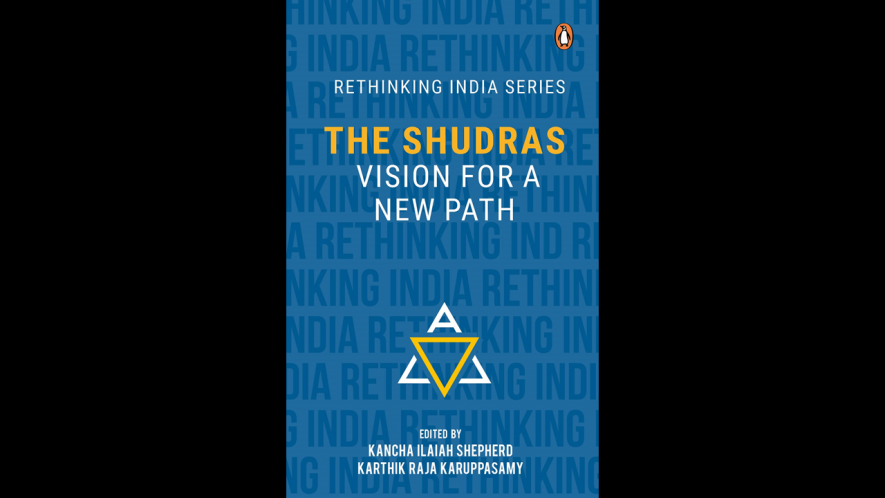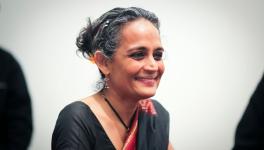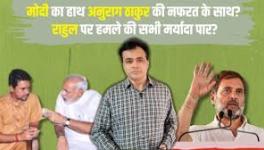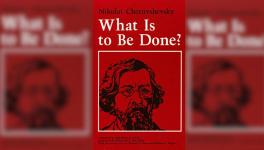Does Numerical Strength Signify Social Capital?

Excerpt from “Sociocultural Identity Formation among Shudras”.
The Mandal Commission (1980) pegs the total share of Shudras/OBCs in the population at about 52 per cent. We do not know the current total population of all OBCs, including upper OBCs, as no caste census has happened yet. Yet, as Professor Ilaiah has stated, “The Shudras remain vastly underrepresented in positions of power across all aspects of political, social and economic life, be it in government or business, religion or education. Particularly at the national level, they remain subordinate to Brahmins and Vaishyas—particularly Banias.”
Social capital is a very useful tool to understand how intangible wealth guarded by communities such as social networks, social relations and informal norms result in a newer kind of social stratification. Social capital, for that matter, is a highly relevant concept to understand caste relations and caste networks that contribute in solidifying the existing hierarchy of the caste system.
Upper-caste, right-wing social commentators like R. Vaidyanathan have argued that one should not morally judge the caste system and the social capital it yields because the accumulation of social capital by Dwija castes like Banias leads to an advantage in the global economy.
However, as M. Vijaybhaskar and A. Kalaiyarasan have argued, social capital emanating from caste is highly homogeneous in nature, and it reinforces the socio-economic exclusion of communities that do not have the same kind of social capital. This leads to the further reinforcement of caste-based hierarchy in society.
This kind of exclusion has always been present in India, leading to generations of structural and systemic inequalities. In this context, it is easy to understand how Dwija-caste members who have historically had access to the upper echelons of various institutions of the state, as well as control over the economy— which is a result of the solidification of the caste structure and prevention of mobility of lower-caste members—continue to guard social capital for their own caste members’ benefit.
This accumulation of caste capital by Dwija communities has resulted in OBCs forming just 12 per cent of the lower court judges, and less than 12 per cent in central government jobs. A right to information (RTI) petition was filed in the Supreme Court of India seeking information with regard to the caste of the honourable judges, and the additional registrar and central public information officer of the Supreme Court responded stating that such information is not maintained.
Similarly, even in Karnataka, where upper OBCs like the Vokkaligas and Lingayats have a strong political hold, they are poorly represented in places such as the Karnataka High Court, and elite educational institutions such as the Indian Institute of Management, Bengaluru; Indian Institute of Science, Bengaluru; and National Law School of India University, Bengaluru.
This is no surprise as the Shudras, including the upper Shudras in Karnataka, have remained backward when it comes to occupying these power positions because of the lack of access to social capital and English education in these spaces. As shown in this section, Shudras may constitute about 54 per cent of India’s population, but it does not mean that they have access to power positions like the numerically smaller Dwija communities, which have cemented their powerful social networks through historical accumulation of wealth, English education and subjugation of Shudras and Dalits.
One way to understand this phenomenon is by recognizing the role played by “social capital”, which has been explained in this section, and another way is through understanding the operation of “caste pride” amongst Shudras in Karnataka, which has led to their widespread marginalization in the intellectual, spiritual, and sociocultural spheres of India. Further research has to be undertaken to understand if a similar analysis of Shudra castes in different states would bring out similar results. In the face of this historical and contemporary status of Shudras, why are they still proud of their caste lineage?
Understanding Caste Pride and Violence against Dalits
On the question of caste pride and social marginalization, firstly, Shudra castes have fallen prey to the process of “Sanskritization” and upward caste mobility by brutalizing those below them, such as Dalits and Adivasis. Secondly, they have latched on to the very process of hegemonic erasure that they were subjected to by the Dwija castes.
As Dr B.R. Ambedkar has stated repeatedly, the caste system thrives on the practice of graded inequality. Shudras too were oppressed by the Dwija castes, but now they are the greatest oppressors of Dalits and other minority communities. Having no proper understanding of their own oppressed identities and backwardness has made upper Shudras believe that they are the neo-Kshatriyas and neo-Brahmins.
In Karnataka, the Vokkaligas strongly believe that they are the neo-Kshatriyas and take pride in their surname, “Gowda”. They use it as a weapon to terrorize caste and religious minorities, just like the Jats and Reddys. One can find stickers stating “Gowdas” behind cars, autos and trucks all over Karnataka. This false caste pride plays out gruesomely when young people from the community try to marry outside of their caste.
It’s not just the Vokkaligas, even other Shudra castes like the Kurubas indulge in similar branding of the caste name, parading and terrorizing Dalits. Similar yet distinct, the Lingayats tread a slightly different trajectory, but it does not mean that they have not committed atrocities time and again against Dalits in Karnataka.
Although the Lingayats are categorized as OBC by the Government of India, there is a growing demand to recognize them as a separate religion divorced from the roots of Hinduism. It is important to note that the Lingayats are followers of the social reformer Basavanna, who in the twelfth century rose up against the discriminatory Hindu caste system, mainly Brahminism, and built a new dharma which rejected the Vedas, caste and gender discrimination.
The majority of Lingayats today have Shudra roots, which could be the reason they have not escaped the viciousness of caste. Even within this fold, there is an ongoing fight with the Veerashaivas, who are also followers of Basavanna and claim that they are Hindus, and that Basavanna never envisioned a separate religion. It will be interesting to see what happens to their OBC status if they are accorded the tag of a separate religion.
On the question of caste pride and marginalization of Shudras in Karnataka, the rise of Hindutva politics and right-wing organizations has made sure that Shudras remain under the control of their upper-caste compatriots who have successfully fed them the false narrative of superiority for decades now. This means they would not challenge their historical relegation or their current absence from the power structures.
To test this argument, when I asked a few members of the Shudra community (Vokkaligas, to be specific) in coastal Karnataka if they were Shudras, they laughingly said that they were not because the Vokkaligas are leaders like the Kshatriyas. And when I revealed that they in fact have Shudra lineage, their reactions ranged from surprise to complete denial.
I believe this is the case because of the following three reasons: (1) They know Shudra means “impure”, but they have always treated Dalits as impure, and have not considered themselves having impure caste roots; (2) The absence of a rigid four-varna hierarchy in south India, unlike north India, which meant that Shudras did take the place of Kshatriyas, until they were downgraded to the “impure” Shudra varna; (3) The control of Shudra OBCs over successive political regimes in Karnataka.
Kancha Ilaiah Shepherd is a political theorist and Karthik Raja Karuppasamy is a senior research fellow at the Centre for Political Studies, Jawaharlal Nehru University. Their co-edited book, The Shudras—Vision for a New Path, was recently published by Penguin. Bindu N. Doddahatti is a litigator based in Bangalore. She is associated with various peoples movements working on caste and gender.
Get the latest reports & analysis with people's perspective on Protests, movements & deep analytical videos, discussions of the current affairs in your Telegram app. Subscribe to NewsClick's Telegram channel & get Real-Time updates on stories, as they get published on our website.
























